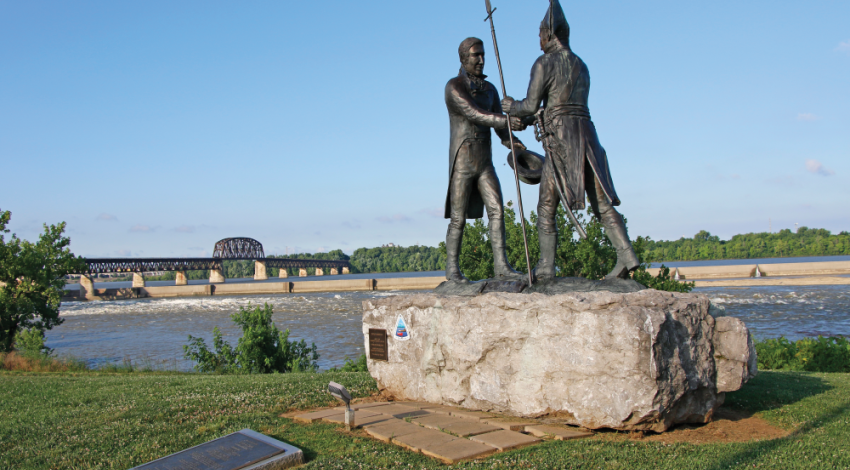“No colony in America was ever settled under such favorable auspices as that which has just commenced at the Muskingum.
When Ohio gained statehood in 1803, leadership recognized the potential of the Muskingum to facilitate the opening of Ohio and the entire Midwest for increased trade and development. As a result, in 1837, the legislature began funding construction of a series of 11 locks and dams on the river, spending $1.6 million over the next four years (roughly the equivalent of $1.4 billion today) for what was one of the most extensive — and expensive — public works projects of its kind in America at the time.












